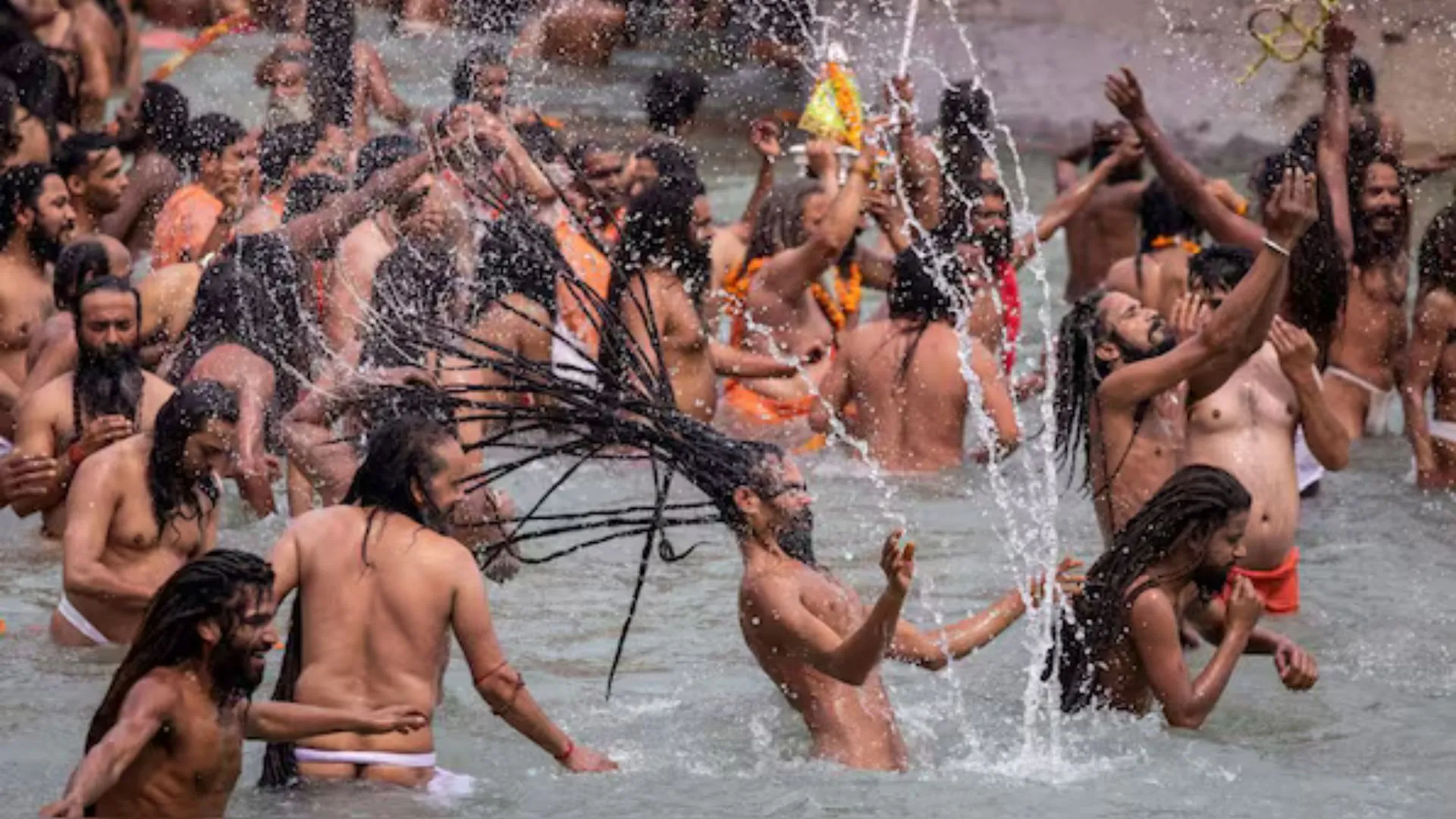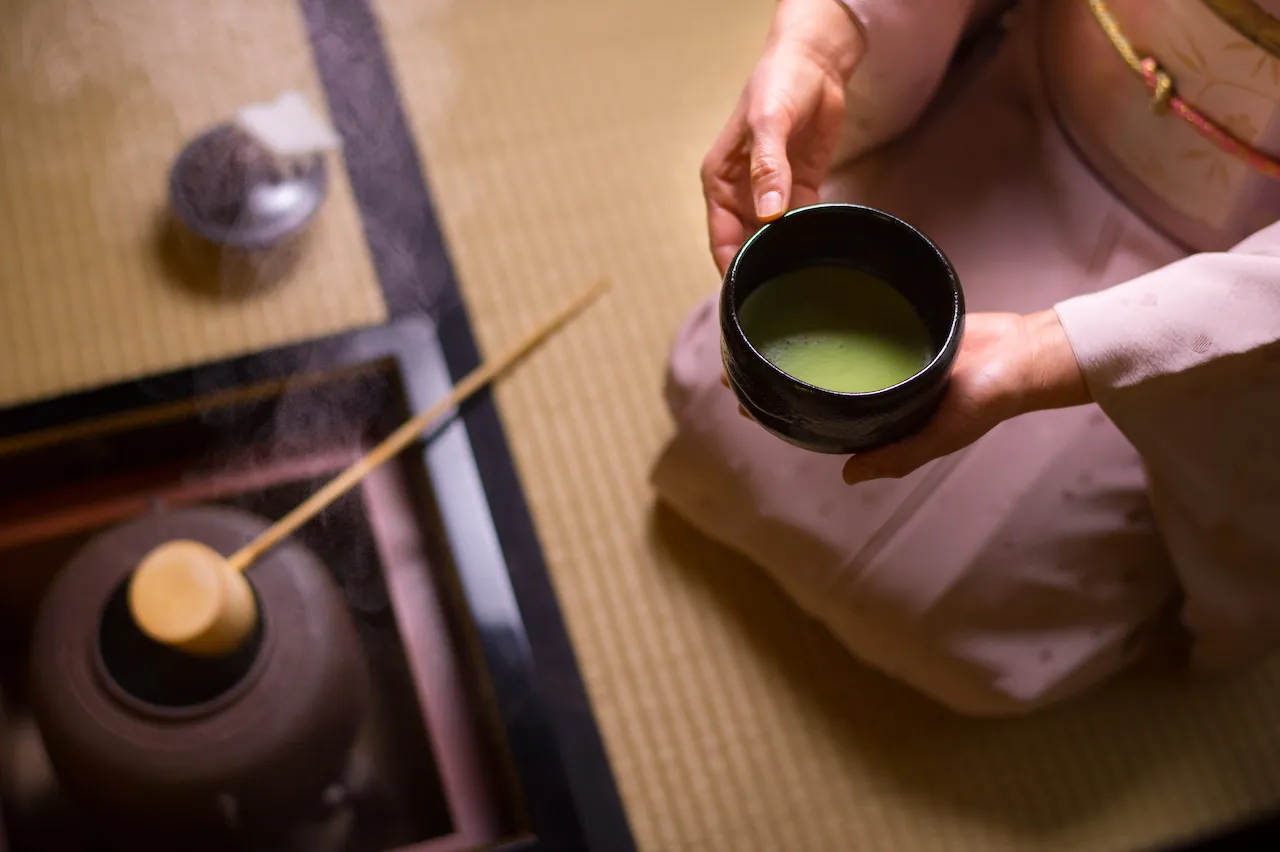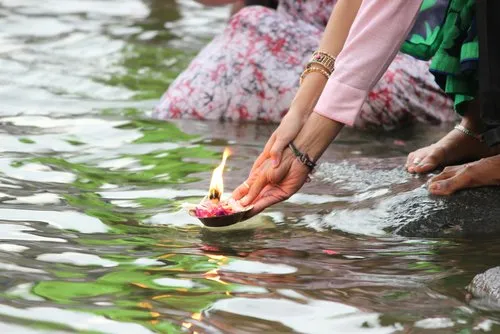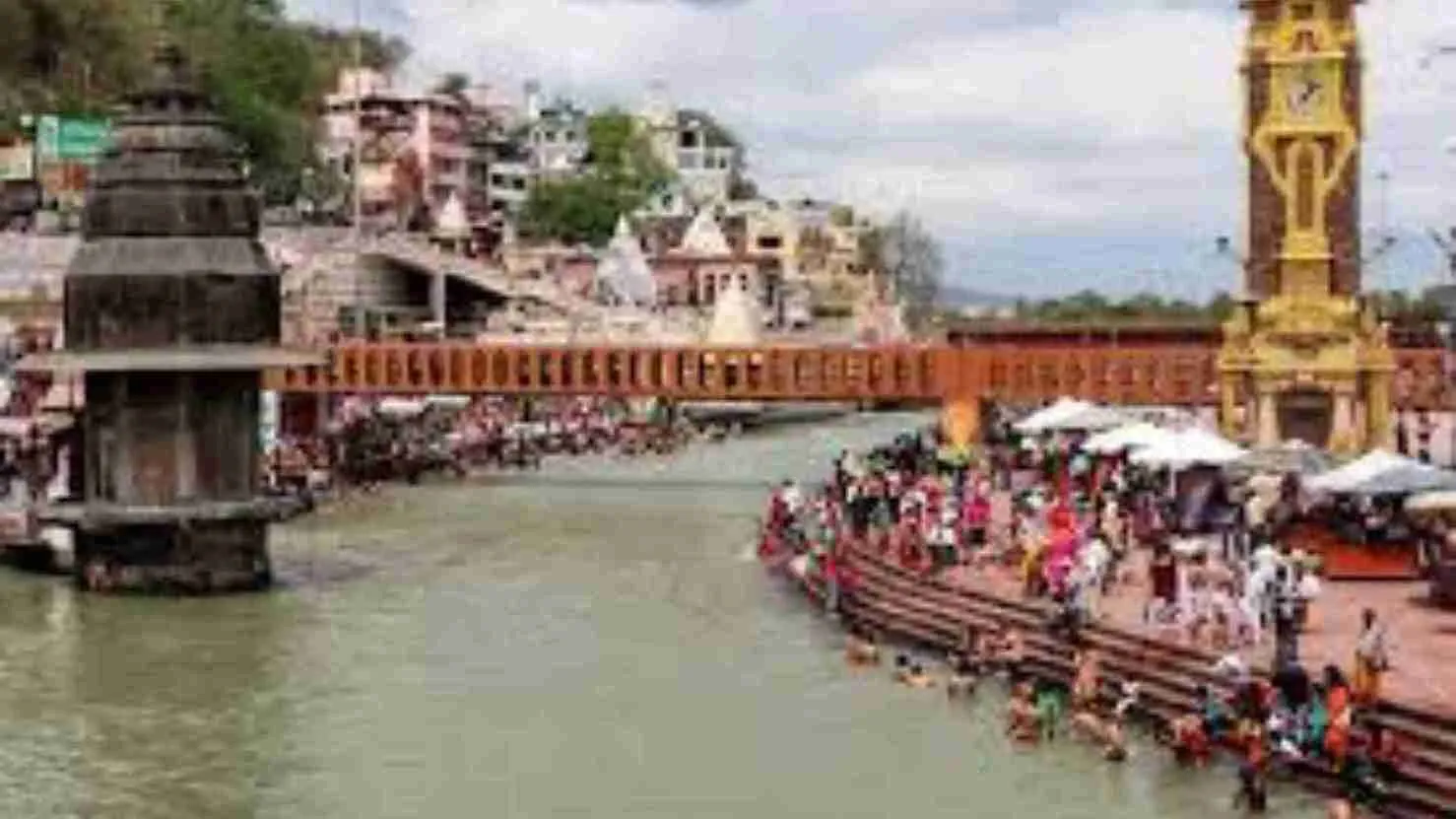Preparations for the Mahakumbh in Prayagraj are underway in full force. The grand fair, commencing on January 13, will feature its first holy bath on the same date. This initial bath is regarded as exceedingly sacred, generating significant enthusiasm among devotees. The most passionate participants are the Naga Sadhus. Tradition dictates that they are the first to take a dip at the Sangam. On this particular day, Naga Sadhus from different akharas arrive to partake in the ritual bath, referred to as the Amrit Snan or Royal Bath. Thousands of them, some on horseback and others on foot, proceed to the Sangam accompanied by drums and music. Dressed in ash, wielding tridents, flags, and swords, their procession draws large crowds eager to witness this remarkable spectacle.
Many individuals express curiosity about Naga Sadhus and possess numerous inquiries regarding their existence. There exist various myths and misconceptions surrounding them. How do they become Naga Sadhus? Where do they reside, and what sustenance do they consume? This article provides insight into their dietary practices and way of life.
What Do Naga Sadhus Eat?
The existence of a Naga Sadhu is anything but simple. They endure stringent tests prior to becoming ascetics. Concerning their diet, Naga Sadhus consume pure, vegetarian, and sattvic foods. They eat solely once each day, depending on roots, herbs, fruits, and leaves. Throughout their penance, they adhere strictly to natural and unprocessed food. Furthermore, they sustain themselves exclusively on alms and are permitted to beg for food from a maximum of seven houses. Whatever they receive, they consume with thankfulness.
This year’s Kumbh will showcase three Royal Baths alongside three additional auspicious dates for bathing, which are deemed highly beneficial.
Dates for Holy Baths:
January 13 – Paush Purnima Snan (Opening Day)
January 15 – Makar Sankranti Snan
January 29 – Mauni Amavasya Snan (Royal Bath/Shahi Snan)
February 3 – Basant Panchami Snan (Royal Bath/Shahi Snan)
February 12 – Maghi Purnima Snan
February 26 – Maha Shivratri Snan (Concluding Day)
Rivers Hosting the Kumbh Mela:
The Kumbh Mela takes place at four sacred rivers and their corresponding pilgrimage sites in India:
– The confluence of the Ganga, Yamuna, and Saraswati rivers in Prayagraj
– The Ganga River in Haridwar
– The Shipra River in Ujjain
– The Godavari River in Nashik
This year, the Mahakumbh Mela is being conducted in Prayagraj at the Sangam.























